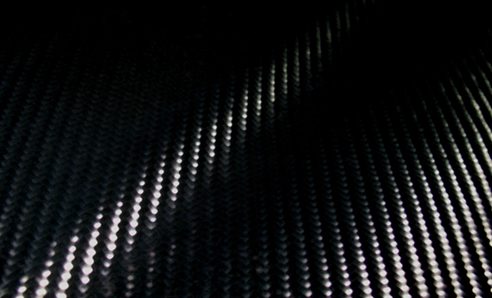Energetic Material
Sensitive mechanism analysis of energetic materials
Amino-nitrobenzofuroxan is a compound designed according to the molecular structure characteristics of TATB and BTF. It has the advantages of excellent thermal stability of TATB, low sensitivity and high detonation energy of BTF, and is referred to as ANBDF. ANBDF has potential application prospects in blunt impact plate detonators and blunt detonators. In this paper, the structure, electron behavior and absorption characteristics of ANBDF crystals are investigated in the pressure range of 0-110 GPa using the quantum mechanical method of CASTEP. The band gap is 0 at 70 GPa, with the highest sensitivity. The results of this study are conducive to further understanding the behavior of ANBDF under high pressure.
Propellant formulation simulation evaluation
The physical compatibility of various components in high energy solid propellant is an important index to evaluate the reliability and storage stability of solid propellant.
In order to improve the bond strength between the interface of oxidant and adhesive in solid propellant; It is necessary to design and screen bonding agents with excellent performance, but the experimental method is low efficiency and high cost. Using the molecular simulation of Forcite for kinetics, the compatibility of different components can be quickly screened and the bonding mechanism can be studied in depth.
Simulation study on morphology control of energetic materials
TKX-50 is a promising high energy ionic salt with high detonation velocity and low mechanical sensitivity. In order to study the effect of solvent on the growth of TKX-50 crystal, the theoretical calculation is carried out. Forcite and Morphology in MS were used to study the properties of TKX-50 molecules in different solvent models and the effects of different solvents on the morphology of TKX-50 crystals. The difference of TKX-50 crystal morphology in different theoretical models was compared, and the suitable solvent for TKX-50 crystallization was selected, which provided a theoretical basis for the development of low-sensitivity TKX-50 in the experiment.




